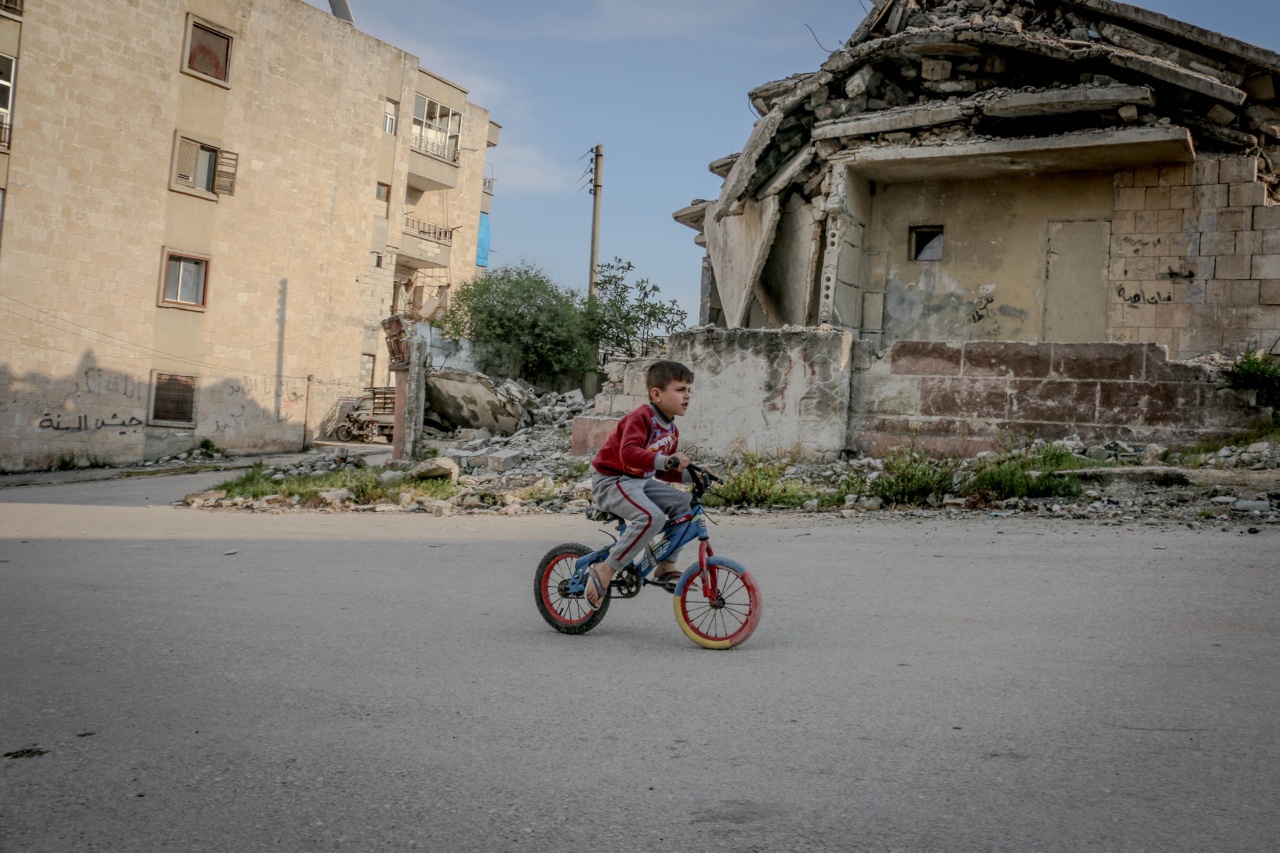Poverty and childhood obesity are two significant issues that are prevalent in many countries today.
While both are complex problems that have a range of causes, there is a growing body of research that suggests a link between poverty and childhood obesity. In this article, we explore this link in more detail and look at the ways in which poverty can contribute to childhood obesity.
What is poverty?
Poverty is a complex issue that is difficult to define. However, it is generally understood to mean a lack of access to resources and opportunities that are necessary for a decent standard of living.
These resources may include things like food, shelter, healthcare, education, and employment. Poverty can be caused by a range of factors, including low wages, unemployment, illness, disability, and social exclusion. It is a global problem that affects millions of people, particularly in developing countries.
What is childhood obesity?
Childhood obesity is a condition in which a child is significantly overweight for their age and height.
It is usually measured using the body mass index (BMI), which is calculated by dividing a child’s weight in kilograms by their height in meters squared. Children who have a BMI that falls above the 95th percentile for their age and sex are considered to be obese.
Childhood obesity can have a range of negative health consequences, including an increased risk of heart disease, diabetes, and other chronic conditions.
The link between poverty and childhood obesity
There is a growing body of research that suggests a link between poverty and childhood obesity. Several studies have found that children who grow up in poverty are more likely to be obese than those who come from more affluent backgrounds.
For example, a study by the Centers for Disease Control and Prevention found that children who live in low-income households are more likely to be obese than those who live in higher-income households.
So why do poverty and childhood obesity seem to be linked? There are several factors that may contribute to this relationship:.
Lack of access to healthy food
One of the main factors that may contribute to the link between poverty and childhood obesity is a lack of access to healthy food. In many low-income neighborhoods, there may be few or no grocery stores that sell fresh fruits and vegetables.
Instead, residents may have to rely on convenience stores and fast food restaurants that offer cheap, calorie-dense food that is high in fat, sugar, and salt. This can lead to a diet that is low in nutrients and high in calories, which can contribute to weight gain and obesity.
Lack of opportunities for physical activity
Another factor that can contribute to the link between poverty and childhood obesity is a lack of opportunities for physical activity.
Children who live in low-income neighborhoods may have few safe places to play outside, which can make it difficult for them to get the exercise they need to maintain a healthy weight. Additionally, schools in low-income areas may have limited resources for physical education programs, which can further limit opportunities for physical activity.
Stress
There is also evidence to suggest that stress may be a factor in the link between poverty and childhood obesity.
Children who grow up in poverty may be exposed to chronic stressors such as family financial insecurity and neighborhood violence, which can lead to increased levels of cortisol, a stress hormone. Elevated levels of cortisol have been linked to increased appetite and weight gain, which may contribute to childhood obesity.
Interventions to address poverty and childhood obesity
Given the link between poverty and childhood obesity, it is clear that addressing poverty is one key strategy for reducing rates of childhood obesity. However, this is easier said than done.
Poverty is a complex issue that requires a multifaceted approach to address it. Some potential interventions that may help to address both poverty and childhood obesity include:.
Improving access to healthy food
One important intervention is to improve access to healthy food in low-income neighborhoods.
This could involve initiatives such as building grocery stores that offer fresh fruits and vegetables or providing incentives for small businesses to sell healthy food. Schools can also play a role in providing healthy meals and promoting good nutrition habits among students.
Increasing opportunities for physical activity
Another key intervention is to increase opportunities for physical activity in low-income neighborhoods. This could include initiatives such as building parks and playgrounds or providing funding for after-school sports programs.
Schools can also play a role in this by offering more opportunities for physical education and extracurricular sports.
Providing support for families in poverty
Finally, providing support for families in poverty is an important intervention to address childhood obesity. This could involve policies such as increasing the minimum wage or providing access to affordable healthcare.
Providing social support programs like childcare and parenting classes can also help to reduce stressors for families in poverty, which may help to reduce rates of childhood obesity.
Conclusion
Poverty and childhood obesity are two complex issues that are intertwined in many ways.
While poverty is not the only factor that contributes to childhood obesity, it is clear that addressing poverty is a key strategy for reducing rates of childhood obesity.
By improving access to healthy food, increasing opportunities for physical activity, and providing support for families in poverty, we can help to reduce rates of childhood obesity and improve the health outcomes for children and families in low-income neighborhoods.






























